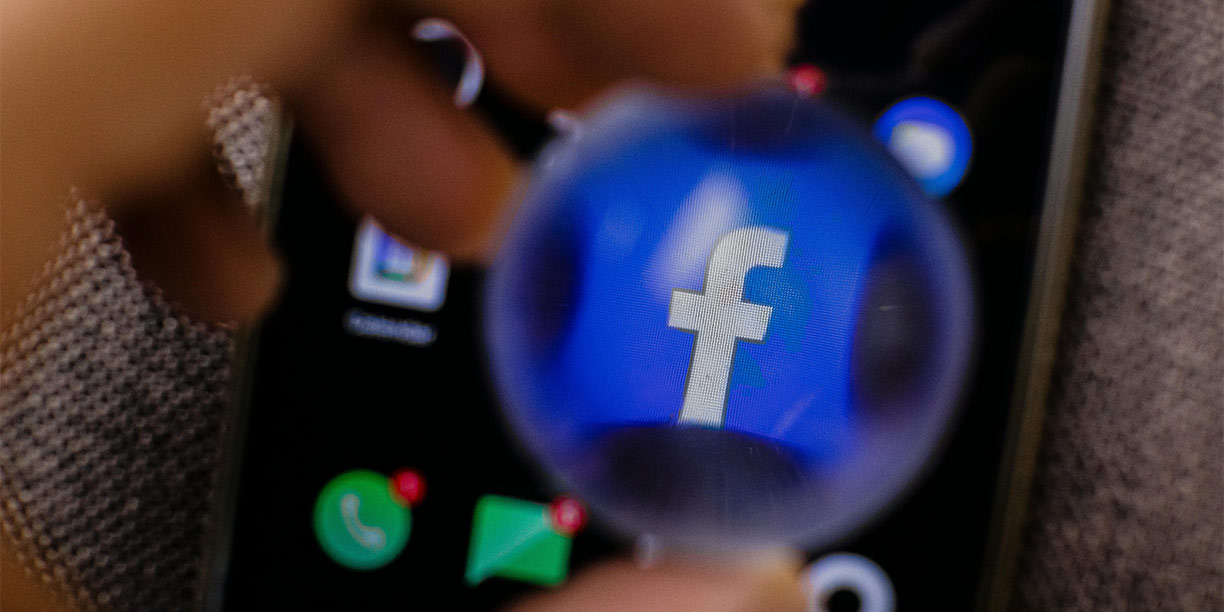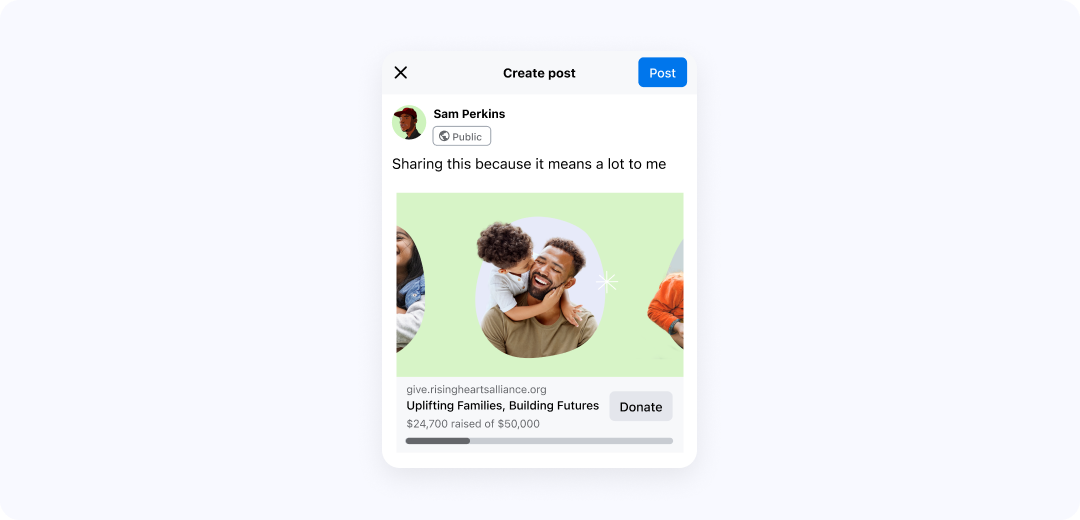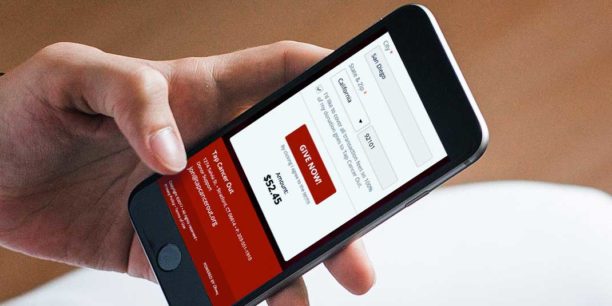Facebook Fundraisers for Nonprofits: Complete How-to Guide

Facebook from Meta accounts for 60% of social media advertising revenue worldwide. Additionally, there are more than 3 billion active Facebook users across the globe. Given the platform’s vast reach and innate ability to engage diverse audiences, it’s critical that nonprofit organizations incorporate it into their larger fundraising strategies.
This is particularly crucial as younger donors have shown a significant appetite for finding and sharing charitable causes online. In fact, GoFundMe’s The Social State of Giving report found that 41% of Gen Z, 25% of Gen Y, and 20% of Gen X said that social media content has motivated them to research or donate to a cause. One tangible result of this trend is that every time a supporter shares a fundraiser on GoFundMe, they raise an additional $100, on average.
Below, we’ll cover actionable insights on how your nonprofit can more effectively leverage Facebook as part of its overall fundraising strategy. With these tools and integrations, you can further empower your community to support your cause and raise crucial funds for your mission.
How should Facebook play into your fundraising strategy?
The Social State of Giving report shows that 46% of Gen Z believe people should share their donations to inspire others, with half reporting that they share causes or fundraisers at least once a week.
It’s critical to view Facebook as more than a social media platform. View it as a powerful lever your nonprofit marketing team can pull to reach new audiences, increase brand awareness, promote fundraising campaigns, and drive more revenue.
There are multiple pathways for Facebook fundraising:
- Fundraise directly on Facebook using the platform’s built-in tools.
- Promote peer-to-peer fundraising on Facebook using our Classy for Facebook integration.
- Share in-feed links to your fundraising campaigns hosted on Classy from GoFundMe to quickly and easily reach new people using our first-of-its-kind Meta integration.
As you incorporate Facebook into your fundraising strategy, make sure to reference our Guide to Social Media for Nonprofits for tips on nonprofit eligibility and payouts on the platform. You’ll also learn best practices for making your Facebook page shine, including keeping your contact information up to date and your cover photo on brand.
8 tools to use for better nonprofit fundraising on Facebook
Facebook fundraising tools help your nonprofit share its message and provide easy ways for donors to make tax-deductible donations from a platform they know. Here are eight ways to start raising more with Facebook today.
1. Classy’s Meta integration
Facebook fundraising is now easier than ever with the first nonprofit Meta integration of its kind. This social sharing integration allows Classy nonprofits to mobilize brand ambassadors, influencers, and impact creators to promote their fundraising campaigns on Facebook and Instagram with dynamic content that drives engagement and participation.
On Facebook specifically, your nonprofit can move beyond static content to inspire immediate donor action with in-feed posts that feature a new donation button, clear call to action, and dynamic progress metrics. These posts stand out with a fresh, polished look that stays consistent with your brand.
You can also increase credibility among prospective donors with posts that render as official Facebook fundraisers with defined goals and progress bars. These posts guide supporters back to your nonprofit’s optimized, Classy-powered donation page to complete a seamless checkout and gather rich donor data to help you continue to steward supporters into lifelong champions of your cause.
2. Classy for Facebook integration
Most Facebook users are familiar with friends using the platform to host birthday fundraisers or other individual fundraisers processed directly through the platform. Our Classy for Facebook integration invites supporters to leverage a similar process fueled by Classy’s powerful fundraising capabilities.
Fundraisers can seamlessly boost their reach by duplicating their Classy peer-to-peer fundraising page to Facebook, immediately reaching new networks of donors who want to support their friends’ fundraising goals.
Whether supporters fundraise through Classy or Facebook donations, their fundraising progress-to-goal remains in sync and they gain access to a holistic view of how their fundraising campaign performs across platforms. There’s no need to manage two separate pages or copy and paste links.
While Classy for Facebook is a tool that supporters must activate on behalf of your organization, nonprofits can proactively educate and inspire donors to tap into their Facebook networks to help your organization meet its fundraising goals. Make it even easier for supporters by providing them with resources like a fundraiser’s toolkit.
By leveraging this integration, nonprofits gain valuable insights into Facebook’s impact as a donation channel, with reports on fundraiser performance, average donation size, total funds raised, and frequent users who help expand their reach.
3. Facebook Live donate button
Meta has shown a commitment to providing innovative ways for people to raise money for the causes they care about most. One tool the company offers is Facebook Live, which allows Facebook users to add a donate button or fundraiser directly within their livestreams.
If your donors are active on Facebook Live, encourage them to use it as a powerful way to support your nonprofit’s mission.
4. Fundraisers in reels
Given that Meta owns both platforms, Facebook and Instagram have multiple features that work together. One example is the ability to cross-post Instagram reels to Facebook. These casual, quick videos are highly engaging and mimic the content seen on the popular TikTok app.
Reels present a way to encourage user-generated content, which helps your message reach new audiences through trusted peers and impact creators.
Since Reels have impression rates ranging from 12% to 30% and see the highest number of comments from Instagram users, these can be a powerful tool for raising funds. Accounts on either Meta platform can use Reels to raise funds by adding a donation link with a custom URL to their post. The link remains available for 30 days.
5. Facebook thank-you tools
Facebook makes it easy for users to show appreciation with its thank-you tool and automated thanking feature, enabling fundraisers to recognize their supporters instantly.
Meaningful gratitude fosters a positive giving experience and strengthens donor relationships, increasing the likelihood of future contributions. Remind peer-to-peer fundraisers about these options so they can facilitate positive experiences with your cause.
Your nonprofit can also actively express gratitude by engaging with supporters’ posts and comments on your Facebook page.
6. Facebook Messenger
Think of Facebook as more than a fundraising channel. It’s also a powerful donor stewardship tool. With Facebook Messenger, you can connect in real time with volunteers and potential donors, fostering relationships that extend beyond the platform.
Use this opportunity to share your mission, strengthen supporter engagement, and attract new donors to your cause. Consider sending a direct message through Facebook Messenger to thank a donor for their support, share a quick update on your work, or invite them to an upcoming event.
7. Organic posts
Posting organic content from your nonprofit’s Facebook page is another way to keep donors engaged with your work. Followers want to stay up to date on events and happenings at your nonprofit. When you post content regularly, it helps keep your nonprofit organization top of mind when supporters feel inclined to make a gift.
You can also invite supporters to a Facebook group where they can engage with each other and your latest content to build even more community around your cause.
8. Facebook Ads
Digital advertising on social media can be an especially effective acquisition tactic. Meta, in particular, offers powerful tools that help nonprofits increase their visibility and reach exponentially.
One standout feature is Meta’s AI-driven Advantage+ audience. This targeting tool automatically identifies and connects with the most relevant audiences for your ads. Instead of manually selecting demographics or interests, Advantage+ analyzes data from Facebook and Instagram to target audiences based on real-time performance.
When you use Facebook paid ads to promote your campaigns, such as Giving Tuesday or a push to acquire more recurring donations, you can ensure the right people see your message at the right time, maximizing your impact and efficiency.
You can also opt to segment your audience into previous donors and net new prospective donors to target customized content to each. For previous donors, target ads highlighting the impact of their past donations and how additional support can be helpful. For prospective donors, create ads that prompt an emotional connection to your cause and highlight its urgency.
Get the most out of Facebook to improve your nonprofit’s fundraising strategy
With its global reach and capacity for engagement, Facebook offers your nonprofit an opportunity to reach more people and increase your impact exponentially. Rather than seeing it as another social media platform to keep up with, view it as a powerful tool for donor stewardship and fundraising.
Classy aims to make fundraising as seamless and effective as possible for nonprofits, including sharing campaigns and messaging through social media. That’s why we offer our innovative Meta social sharing tools and Classy for Facebook integration. With these in your toolkit, your nonprofit can quickly and easily optimize your Facebook fundraising strategy.
Copy editor: Ayanna Julien

Nonprofit social sharing with Meta


